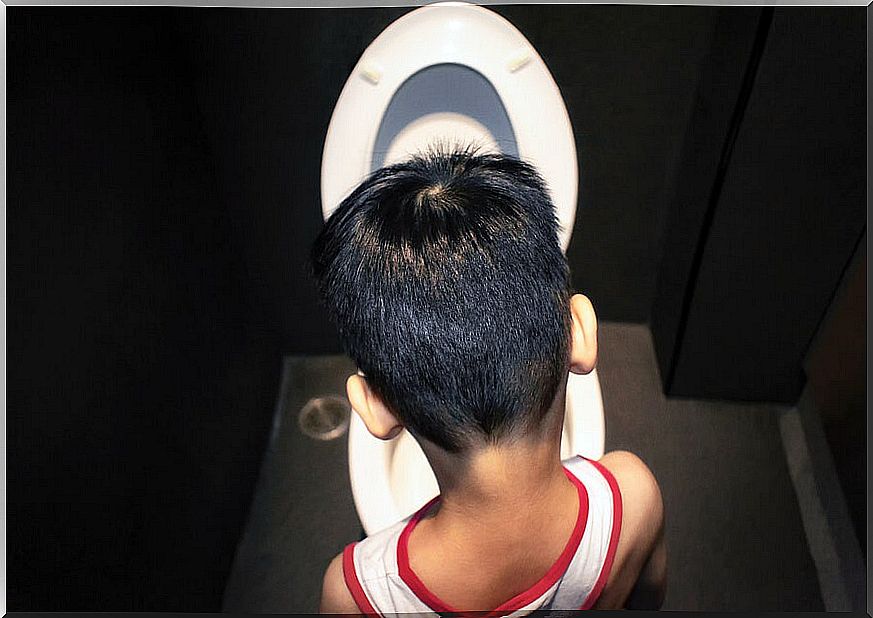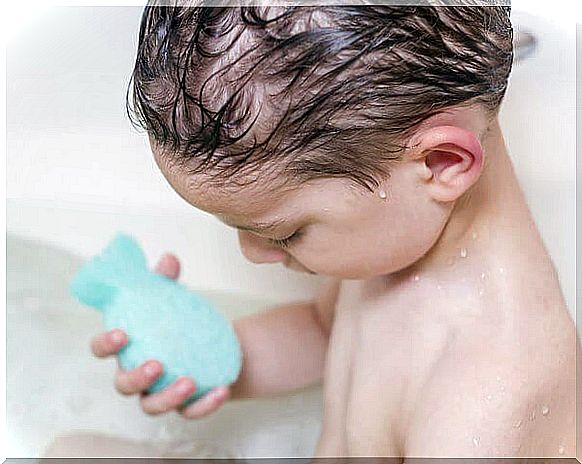What Is Phimosis? Care And Treatments

In this article, we will focus on answering a main question: What is phimosis? It is a condition that is present in the first instance in all newborn babies, in which it is appreciated that the hole in their foreskin is so small that it does not allow the glans to come out.
What happens, basically, is that the foreskin and the glans are so close that the mobility of the skin fold is non-existent. This condition in all children should be transitory; that is, this adhesion of the skin should be corrected until it can be easily retracted without causing pain or discomfort.
Now, if the child approaches adolescence and presents phimosis, he should be evaluated by a specialist doctor who determines his type, a personalized treatment and his care.
What is phimosis?
As we mentioned previously, phimosis is, in principle, a natural condition that children are born with. However, it can become an annoying pathology if the foreskin does not achieve the necessary elasticity during growth. This type of phimosis is what is known in medicine as physiological phimosis.
Now, if the little one reaches the age of 10 or 12 and continues with the tightness in the foreskin, then we can start talking about pathological phimosis. It should be noted that even some type of blow suffered in the area can lead to inflammation and pathological phimosis.

How do I know if my child has phimosis?
The discomfort of phimosis in children will present as pain when urinating, inflammation in the glans when trying to retract the foreskin, hygiene problems or infections, since you will not be able to clean the area properly. These symptoms will be much more marked the closer the child approaches adolescence.
Another aspect to consider is that phimosis can occur in different degrees depending on how narrow the foreskin is. In this sense, a scale is handled that goes from grade 1, with which a totally closed foreskin is classified, to grade 5, in which the foreskin can be contracted but causing pain.
All these medical observations, of course, will be explained in the consultation with the child’s urologist, who will also be able to tell you after the evaluation if the child actually has phimosis or if, on the contrary, he has a short frenulum. These conditions are often confused, but they are actually two different things.
Care and treatments
Pathological phimosis can be operated or not. Many men have lived their whole lives with this condition, but it is true that in their adulthood they will feel different types of discomfort, especially in their reproductive age.
It is for this reason that most urologists recommend performing a circumcision to end the root problem. In this way, recurrent visits to the doctor are avoided to alleviate symptoms.
Intervention in infants and young children
In the case of children, there are two possible options to eradicate phimosis. The first consists of the application of a cream, while the second is, directly, an intervention such as circumcision.
Once the urologist has detected that the hole in the foreskin is very small and that it does not retract, the child will be prescribed a corticosteroid cream treatment that the parents must apply to the external face of the epithelium. At the same time, a gentle massage should be performed to help retract the skin.
If this treatment is not effective, then an outpatient intervention will be recommended to circumcise the boy.

Intervention in adolescents
Once the boy has reached 10 or 12 years of age and the problem of elasticity in his skin has not been corrected, the only possible solution will be circumcision. This intervention consists of removing the foreskin through a simple, quick and painless outpatient procedure.
After circumcision, the care of the points located under the glans as a result of the cut of the foreskin should be done by the urologist or the healthcare center where the intervention was performed. There, they will be in charge of changing gauze and applying antiseptics. Home care will involve taking antibiotics and washing the area with a prescription soap.
It should be noted that, for some cultures, circumcision is a religious act and a ritual of great importance, dating according to historical records up to fifteen thousand years ago.
Ultimately, phimosis is a common condition, but it must be corrected over time. If this is not the case and you detect some of the symptoms described in your child, the best option will be to make a professional consultation to find a solution to the problem.










